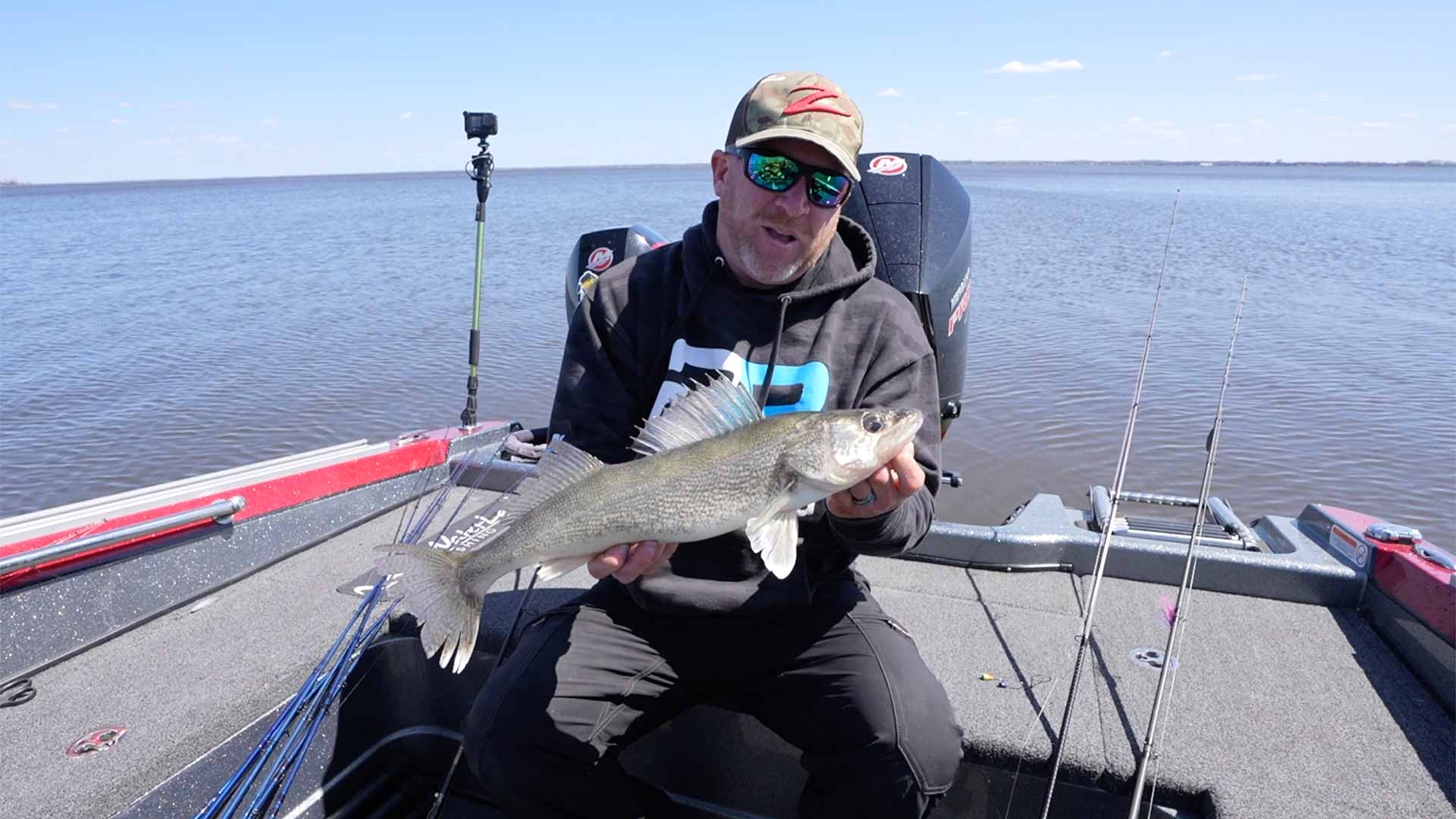Expansive sand and gravel shorelines usually provide the best smallmouth spawning areas. Use your eyes and electronics to locate the fish.
Finding smallmouth bass on or near the spawn can be a straightforward process. One effective method is to locate good flats with hard bottoms consisting of sand, gravel, and rock. In this article, we will explore how to identify the best places to find and catch smallmouth bass on these flats.
Utilizing Technology for Spot Identification
To begin, we can use our Hummingbird fish finder to set the chart to display the depth of the water. By highlighting an area with a depth of around six to eight feet, we can focus our search on this specific zone. Using the Lake Master chip, we can easily identify the contour lines between these depths, which are displayed in a vibrant green color.
To further enhance our spot identification process, we can utilize side imaging technology. By zigzagging over the flats and using the sonar to shoot off to the sides, we can visually inspect the area for good rocks and sand transitions. This allows us to pinpoint the high spots with rocks, which is crucial for finding smallmouth bass during the spawn. This method is more effective than blindly casting and wasting time fishing dead water.
Using Side Imaging Technology for Detailed Scanning
When using side imaging technology, it’s beneficial to set it up to a smaller scale. This allows for scanning a greater distance while still maintaining a clear and detailed image on the screen. Personally, I prefer to run it around 50 to 75 feet, as it provides a larger picture and more detail compared to scanning from a longer distance.
By narrowing down the distance to around 60 feet, you can observe the sand patches and rock formations with greater clarity. This helps in identifying the ideal spots where smallmouth bass are likely to be found.
Adapting to Changing Water Conditions
It’s important to note that the water conditions can change over time, affecting the behavior of smallmouth bass. For instance, the water clarity may be impacted by the presence of zebra mussels, resulting in a significant change in water color. In this case, you may find yourself in 10 to 12 feet of water, yet still able to see the bottom clearly.
Experimenting with Lure Presentation
When it comes to lure presentation, it’s crucial to adapt to the preferences of the smallmouth bass. While experimenting with a soft plastic minnow called the Drop Dead Minnow, we found that the fish were not particularly responsive to it. Instead, we observed that they preferred a slow and bottom-oriented presentation.
By varying the speed and action of your lure, you can determine the most effective presentation style for the day. In some cases, a fast and erratic retrieve may entice the fish, while in others, a slow and stationary approach may be more successful. Today, it seems that the do-nothing technique of letting the lure sit on the bottom for an extended period is yielding the best results.
Conclusion
When targeting smallmouth bass during the spawn, it’s essential to locate areas with good flats that have hard bottoms consisting of sand, gravel, and rock. Utilizing technology such as fish finders and side imaging can greatly aid in spot identification. By setting the chart to display the depth of the water and highlighting the desired zone, contour lines between six to eight feet can be easily identified. Additionally, side imaging technology allows for a detailed scan of the area, helping to locate high spots with rocks and sand transitions.










